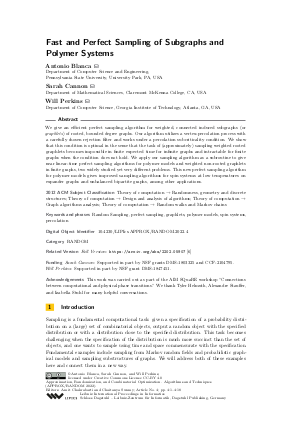LIPIcs.APPROX-RANDOM.2022.4.pdf
- Filesize: 0.68 MB
- 18 pages

 Creative Commons Attribution 4.0 International license
Creative Commons Attribution 4.0 International license














































Feedback for Dagstuhl Publishing